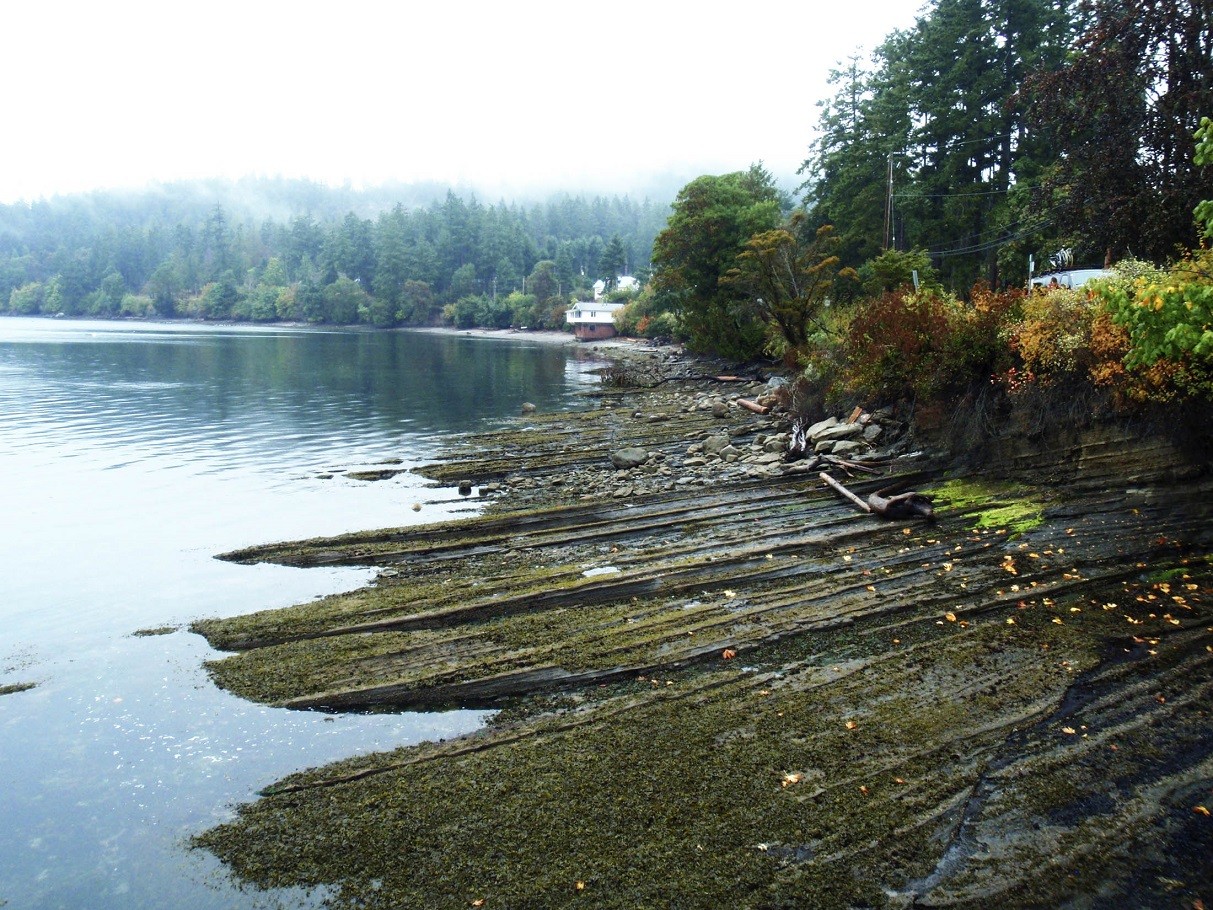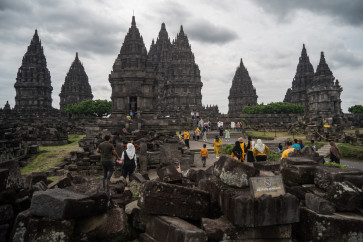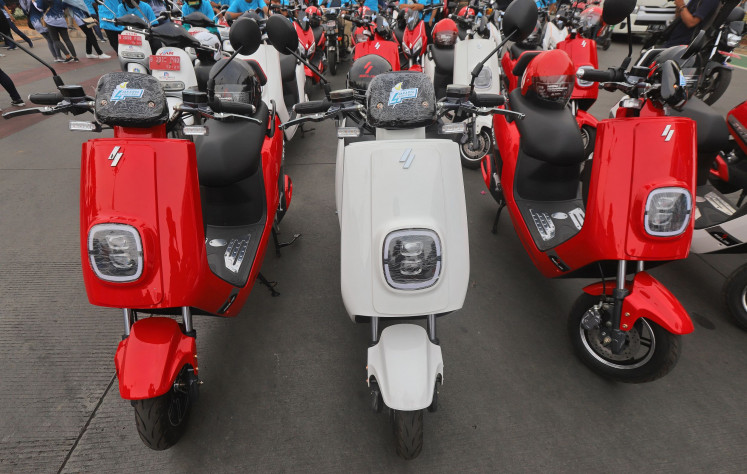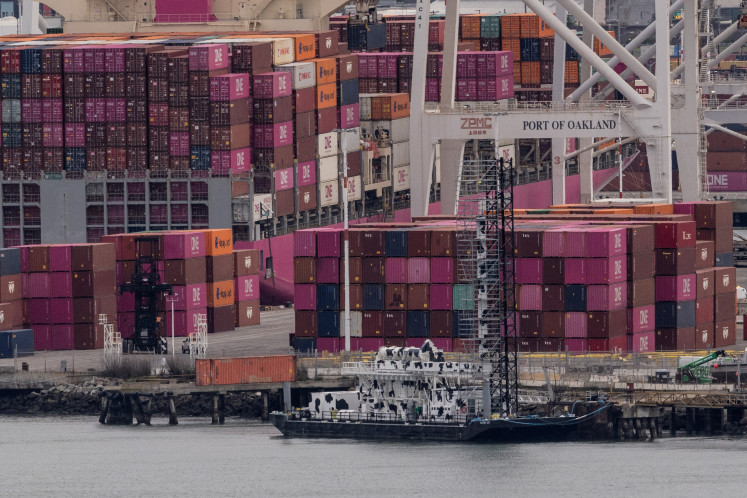Kayaking with killer whales is a thrill of a lifetime
Change text size
Gift Premium Articles
to Anyone
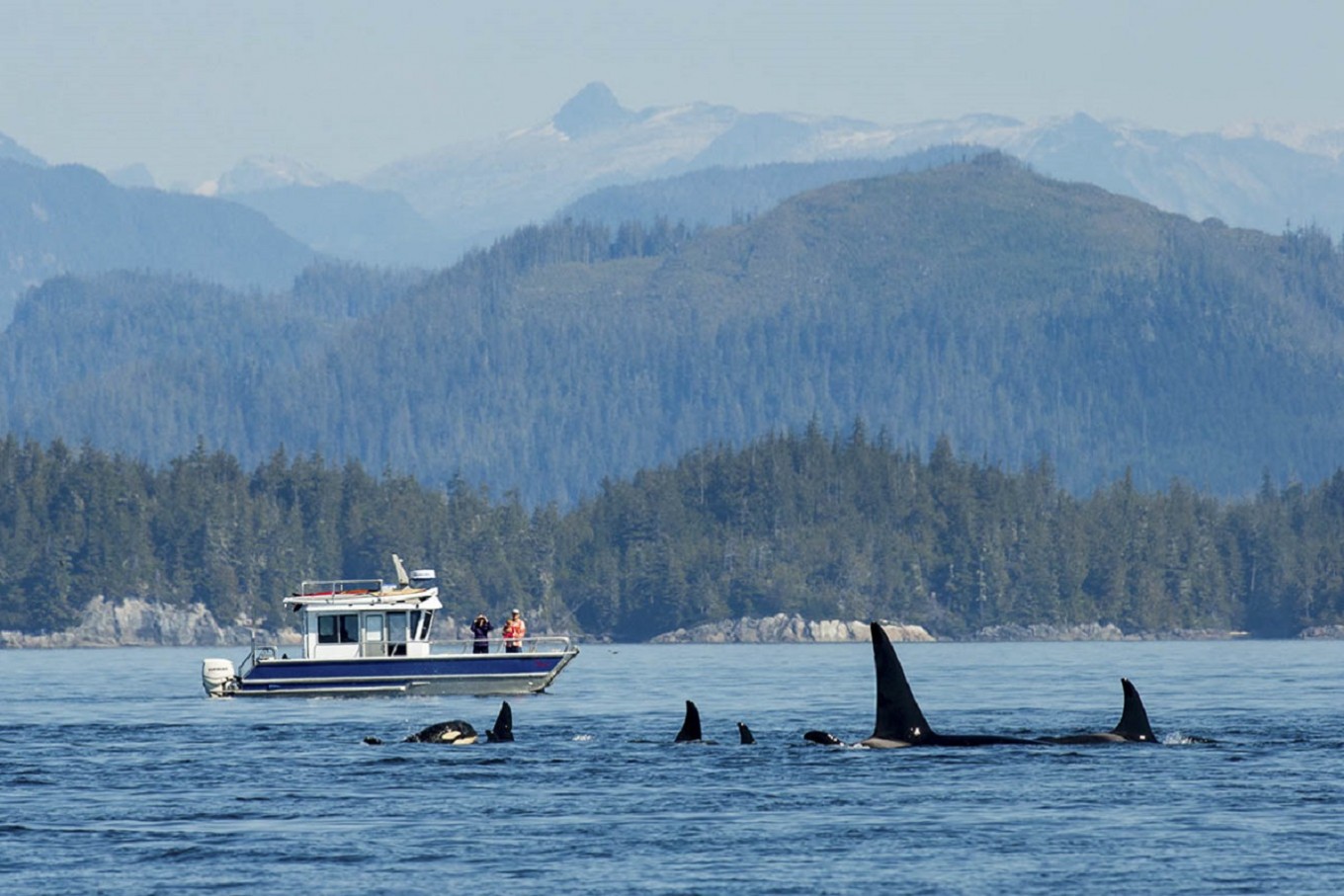 Orcas are easily recognized by their towering fins, which protrude from the water's surface. (Jeremy Koreski via Bloomberg/File)
Orcas are easily recognized by their towering fins, which protrude from the water's surface. (Jeremy Koreski via Bloomberg/File)
M
ost visitors to Nimmo Bay, British Columbia, expect to get up close and personal with black bears while exploring on foot. After all, the luxe, timber-framed lodge on Canada’s Pacific coast is smack in the middle of the Great Bear Rainforest.
They may not expect to approach an even more massive carnivore ... in a kayak.
Enter Butterfield & Robinson, the high-end adventure outfitter whose customizable Bears & Whales itineraries offer the thrill of a lifetime: paddling with killer whales. Whereas most guests to the area head out on large motorboats to track pods of orcas and humpbacks, Butterfield & Robinson takes the excitement up a few notches in their kayaks.
“Whale watching in the Broughton Archipelago [just beyond Nimmo’s shores] is incredible,” said Tom Abraham, the trip planner at Butterfield & Robinson who masterminded the Bears & Whales itinerary after serving as a kayaking guide in the area for more than a decade. “It’s nothing like whale watching in Victoria or the San Juan Islands, where you’ll get 20 or 30 boats around the whales. Here, it’s just three or four boats around, and everyone’s spread out. And these whales love to give a good show.”
And when you're in a solo kayak, you can get literally eye-to-eye with a 66,000-pound cetacean.
Read also: Studio Ghibli to open a “Ghibli Park” in 2020
So Close, You Can Touch Them

Seeing orcas from the sea-level vantage point of a kayak has typically been possible only if you’re willing to commit to less-than-luxe, multi-day kayaking trips designed for adventure sports enthusiasts. But Abraham manages to get his guests into the heart of the action and back again in a half-day's time.
It starts with a boat ride to one of the outlying Broughton islands, where adventurers find their kayaks lined up on a pristine beach. (The exact island is chosen anew each morning, depending on the day’s tidal activity.) Then it’s off toward the salmon runs, where hundreds of orcas and humpbacks can congregate for breakfast, lunch, and dinner.
Most days, you’ll find groups of three to seven whales at once, said Abraham. That in itself is a sight to be seen. “Orcas can be very active,” he explained. “They love to tail-flap and fin-flap and roll around and play. They’re more like dolphins that way.” Humpbacks, which have made a resurgence in the area over the last several years, are also a dramatic species. “They like to breach a lot, but they’ll also create bubble nets while they fish, which is very dynamic.”
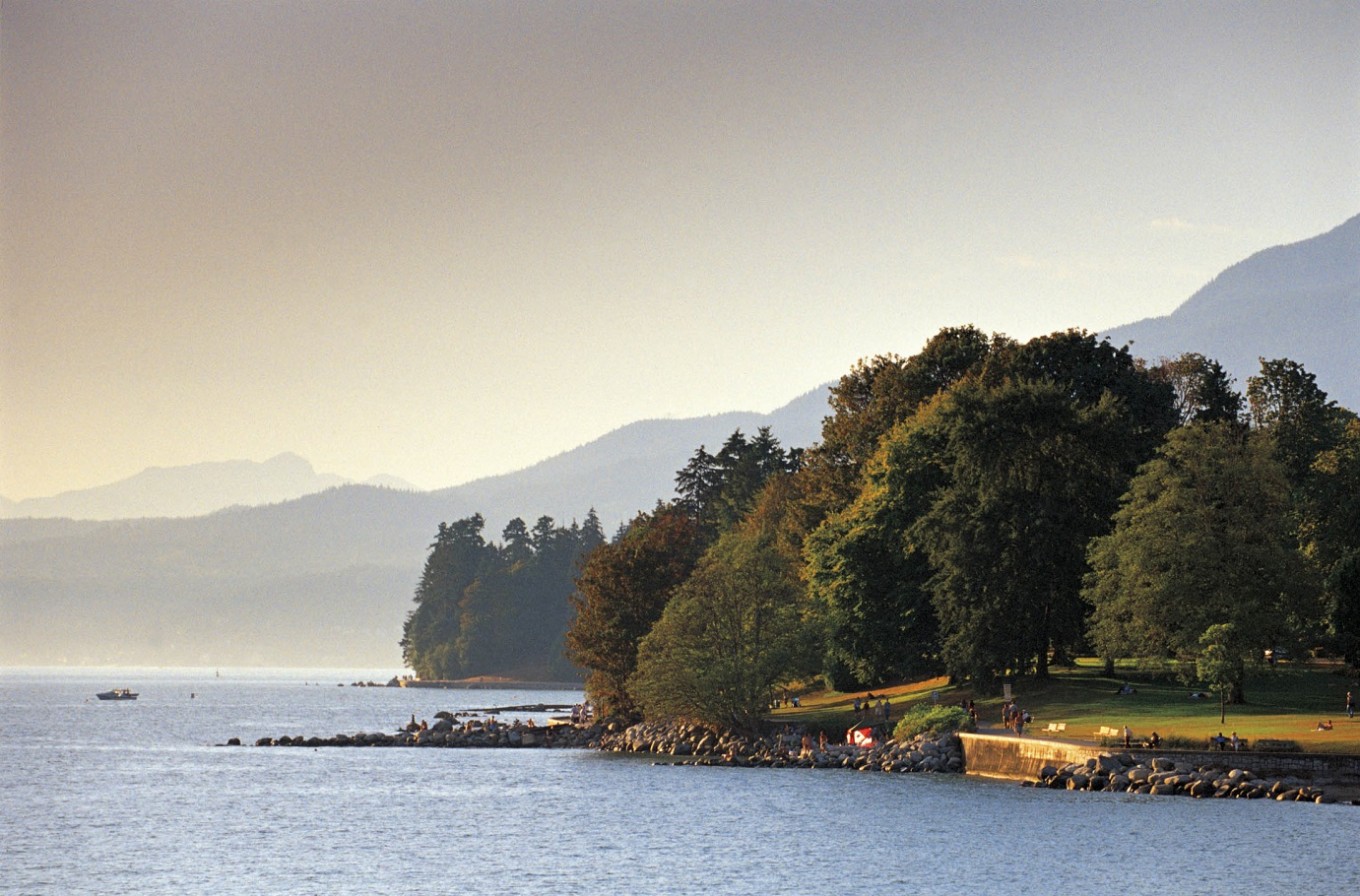
Especially when compared to watching slow-moving gray whales, which Abraham said is like “waiting for paint to dry on a wall,” you’re much more likely to “to get a show” with orcas and humpbacks.
“I’ve seen family groups of 20 to 22 whales,” explained Abraham. “And if you get lucky, you can have a very close, very private experience.” He said orcas in particular have a real sense of curiosity: one of their behaviors, called “spy-hopping,” makes human visitors feel as if they’re the ones under the looking glass. “You’re not supposed to chase whales down,” said Abraham, “but sometimes they take an interest in you and come so close to you that if you wanted, you could reach out and touch them.” It’s nothing short of magical, he said.
By the time you’re done, a white-glove, multi-course picnic lunch with ice-chilled wine and beer awaits on fully set tables back on the beach.
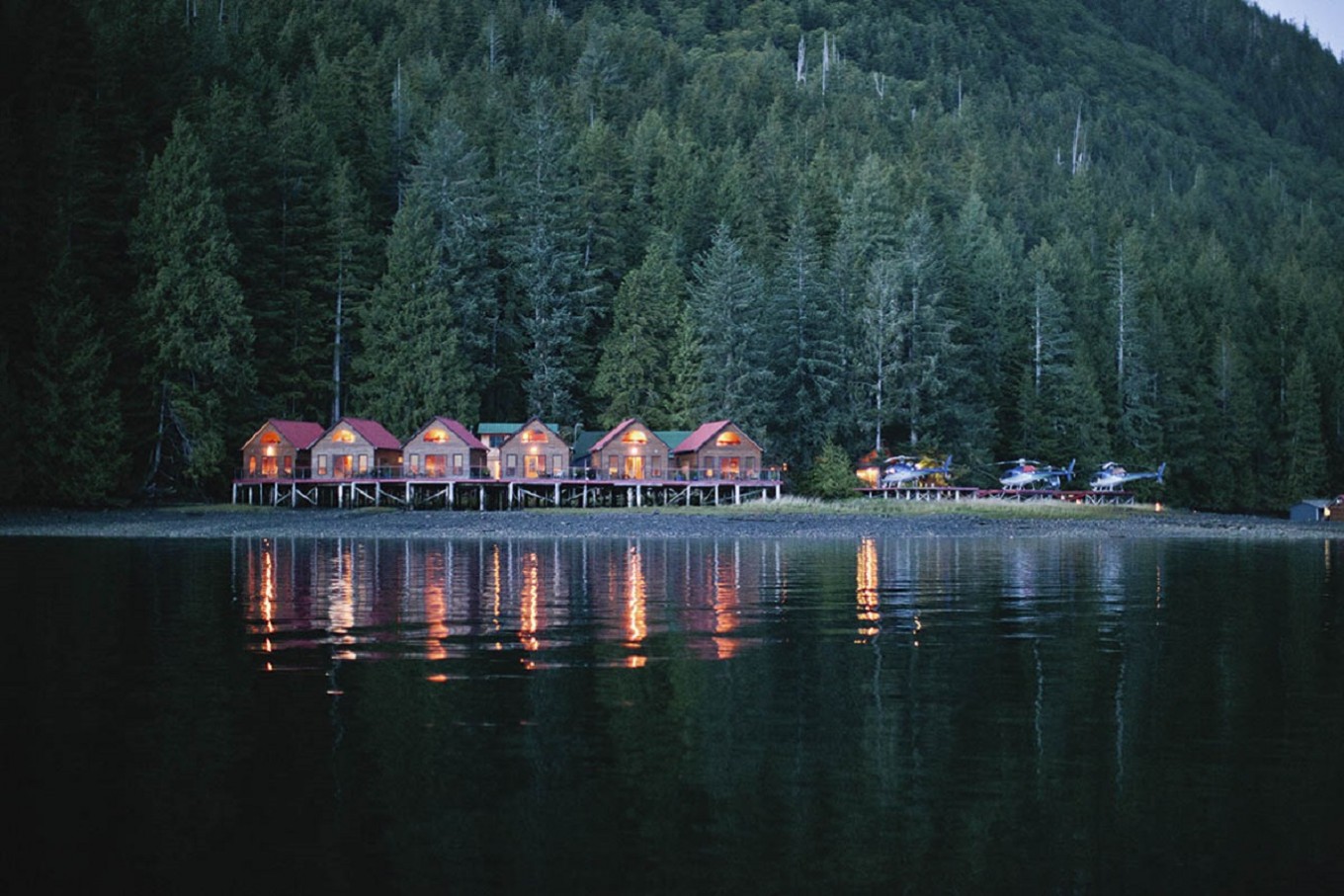
Read also: For surfers, Indonesia has never been better
Timing Is Everything
“Coordinating both bear and whale sightings requires a very precise window,” said Abraham, who recommended that travelers plan a trip for the end of August or the month of September. Around then, there’s plenty of fish left in the Johnstone Strait salmon runs—whale food, by another name—and the weather has yet to turn cold and rainy. “Compound the tight timing with the fact that Nimmo Bay is a really popular place to stay, and you’re looking at booking a full year in advance,” Abraham cautioned.
When you arrive, you’ll fly into Vancouver, where it’s easy to kill a day or two eating fresh oysters and seafood before hopping a triple prop plane to Port Hardy. From that tiny and unremarkable fishing town, it’s another helicopter, boat, or float plane transfer to Nimmo Bay—which takes roughly 30 minutes, no matter how you slice it. (Aim for the air transfers for “amazing views of the archipelago—with water so clear you can see the kelp beds straight through it,” recommended Abraham.)
For families, he said the Streamside Cabins are key. They have four bedrooms stocked with freshly baked cookies and overlooking a cascading waterfall. It's not cheap: A stay at Nimmo can cost as much as $9,495 per person for a 7-day itinerary, which also includes overnights at the rustic-luxe Tweedsmuir Park Lodge for on-foot—rather than vehicle-based—bear tracking.
An Emotional Connection
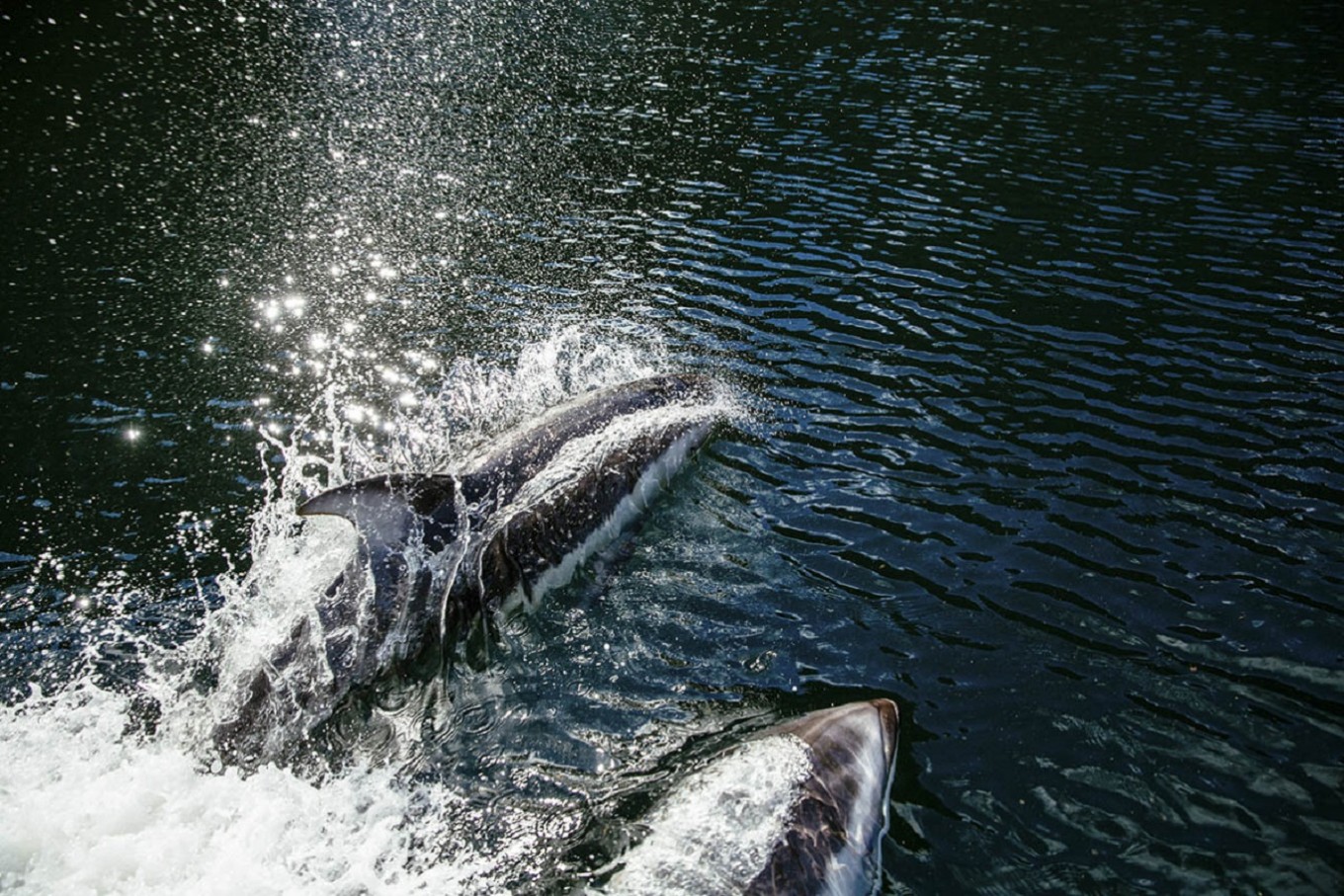
Though safety would seem an issue, Abraham said he’s never had a whale upend a kayaker, or cause personal harm. “They’re amazingly aware of their surroundings, so there’s no danger that you’re going to have a collision or anything like that,” he asserted.
Of all the wildlife that you can see in this biodiverse region—eagles, grizzlies, dolphins, elephant seals—the sheer size and grandeur of killer whales is what most often elicits emotional responses, rather than fear, from travelers.
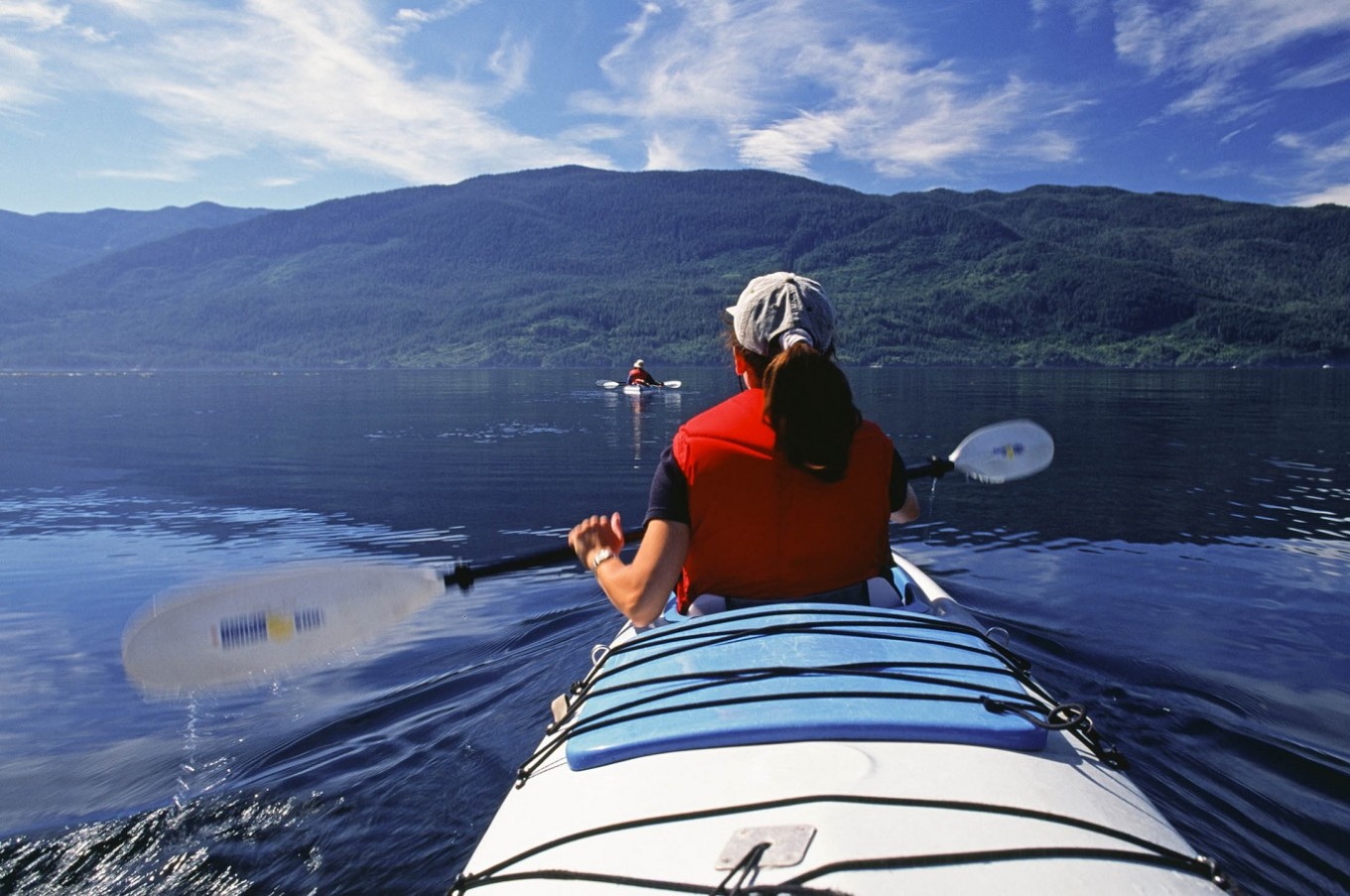
“I’ve had people burst into tears many times—many times,” said Abraham. One time he was particularly moved? “We were having lunch, sitting on the rocks looking out, and a group of six or seven whales came right up to the beach, right below our feet, playing in the kelp, draping it over themselves and moving through it and putting their heads up and spy-hopping.” The whales spent a solid 15 minutes in the kelp bed, Abraham continued, “and it felt almost like they were there just to play with us. We were just dumbstruck. To be so close and for so long, to be able to watch them play. ... Especially when it’s just you, your group, and the whales.” Merely recalling it, after so many years of similar encounters, Abraham was at a loss for words. “I don’t know exactly what it is,” he continued. “It just kind of gets you.”
